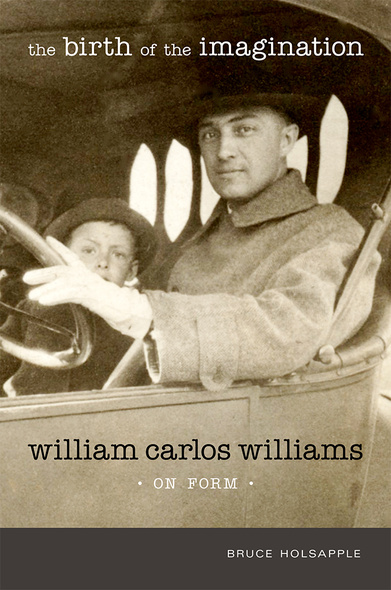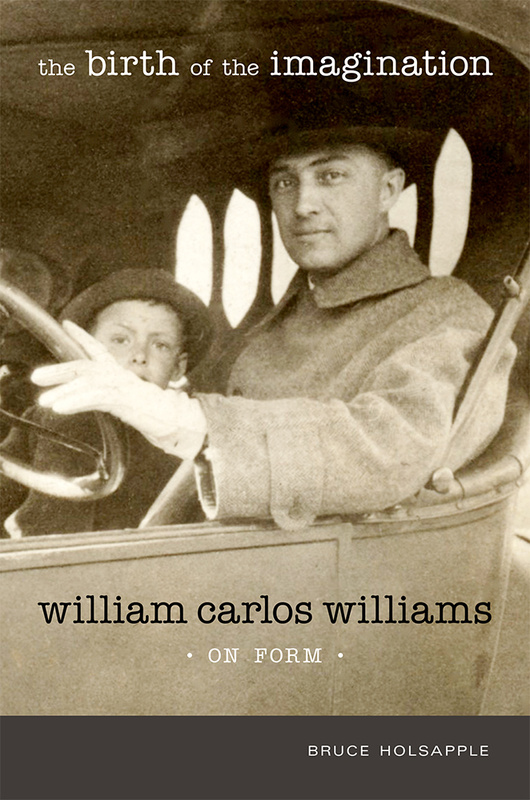The Birth of the Imagination
William Carlos Williams on Form
William Carlos Williams first spoke to the issue of form shortly after the publication of "The Wanderer" in 1914--his move to vers libre--and didn't stop talking about form until his death in 1963. His poetry shows, decade after decade, persistent formal innovation. Bruce Holsapple's The Birth of the Imagination relates the form, structure, and content of Williams's poetry to demonstrate how his formal concerns bear upon the content, namely, how form testifies to a vision that the style verifies. Tracing the development of Williams's work from Poems in 1909 through The Wedge in 1944, Holsapple aligns emerging aesthetic concepts and procedures with shifts in Williams's writing to disclose how meaning becomes refigured, affecting what the poems "say." While focusing primarily on Williams's experimental works, including the novellas, this innovative study charts how significant features in Williams's poetry result from specific imaginative practices.
Impressively thorough. . . . Holsapple succeeds in offering a refreshingly new perspective on the poetry of one of the most canonical American modernists.'--Simon D. Trüb, Journal of American Studies
Bruce Holsapple works as a speech-language pathologist in central New Mexico. He earned a PhD from SUNY Buffalo in 1991 and has published essays on William Carlos Williams, Charles Reznikoff, John Clarke, and Philip Whalen. He has published seven books of poetry, most recently Wayward Shadow.





